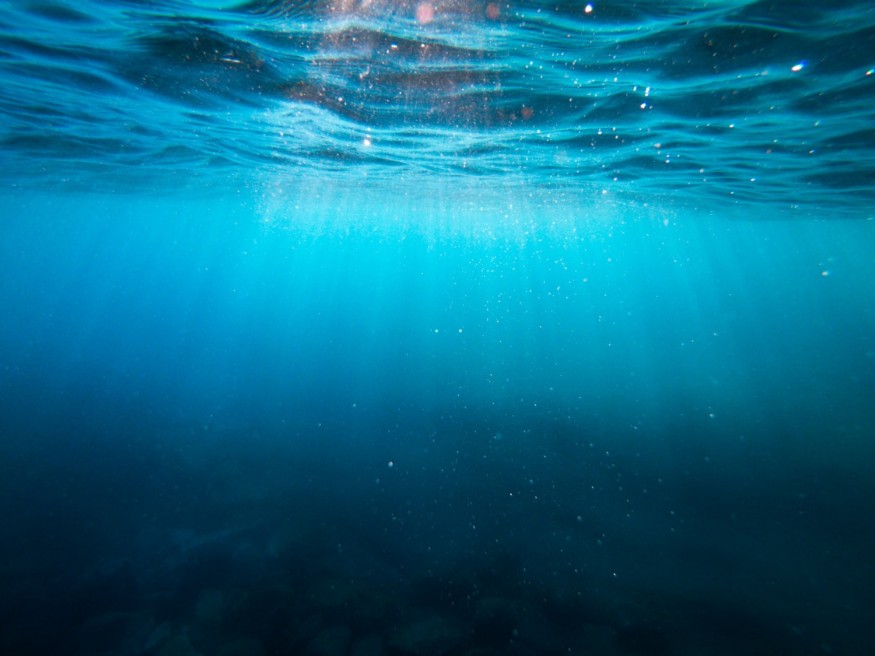A hidden ecosystem with strange creatures was found under a volcanic sea floor, according to an international team of scientists conducting an underwater expedition. The ecosystem contained marine animals never seen before in the history of science, meaning this is the first time that scientists confirm that animals can live under hydrothermal vents.
Hydrothermal vents are crevices located on the sea floor, where water heated by geothermal activities comes out. In the past, scientists have discovered various marine organisms living in waters above these fissures. However, creatures living under volcanic sea floors are often overlooked, apparently for reasons due to their remote location compared to the surface.
Hidden Ecosystem

The hidden ecosystem is located in hydrothermal vents on the East Pacific Rise off the coast of Central America, according to the Schmidt Ocean Institute during a press release on August 8. The discovery was made as part of a 30-day expedition aboard the institute's research vessel named Falkor.
It is spearheaded by Dr. Monika Bright and her team from the United States, the Netherlands, Germany, Costa Rica, France, Germany, and Slovenia.
The institute says the deep ocean habitat is teeming with chemosynthetic bacteria, snails, and worms living in water temperatures of 25 degrees Celsius (75 degrees Fahrenheit). The discovery reportedly adds to our current knowledge that living ecosystems can exist both above and under hydrothermal vents.
The team used an underwater robot in the said part of the Pacific Ocean, where it found cave systems under the volcanic sea floor. These structures were used by the animals as passageways and habitats despite their environment containing relatively high temperatures and toxic materials from the Earth's crust.
Species Dispersal Theory
One of the remarkable animals found in the hydrothermal vent ecosystem are tubeworm larvae which have been discovered of being capable of seeking new fields and even creating new hydrothermal communities.
The findings confirm the theory of species dispersal, which pertains to an ecological process that allows the movement of individual or multiple members of a species to seek a new area away from the habitat they were born in, based on a study published in the journal Nature Education.
Similar to the migration of ancient terrestrial and other marine species in the past, animals can use a new habitat for their survival, for reasons due to predation and food resources.
With this, the species dispersal theory suggests the possibility that hydrothermal vents, including the cave systems underneath them, could have served as a safe haven for marine animals thousands and millions of years ago, especially during mass extinction events.
The findings also confirm potential ecosystems under volcanic sea floors in different parts of the world waiting to be discovered. After all, humans have only discovered and chartered 5% of the world's oceans, with the rest remaining unknown, according to the United Nations Educational, Scientific and Cultural Organization (UNESCO).
© 2025 NatureWorldNews.com All rights reserved. Do not reproduce without permission.





